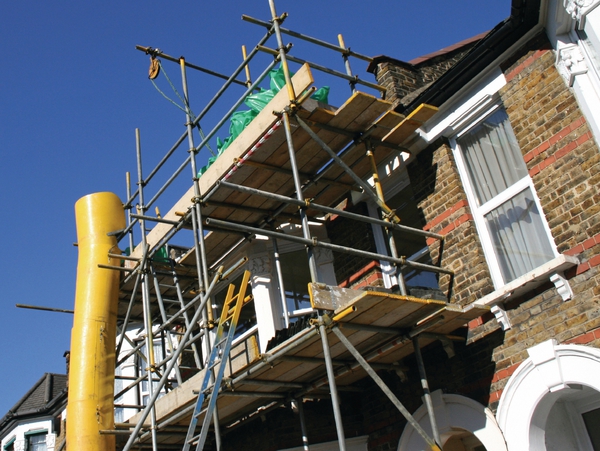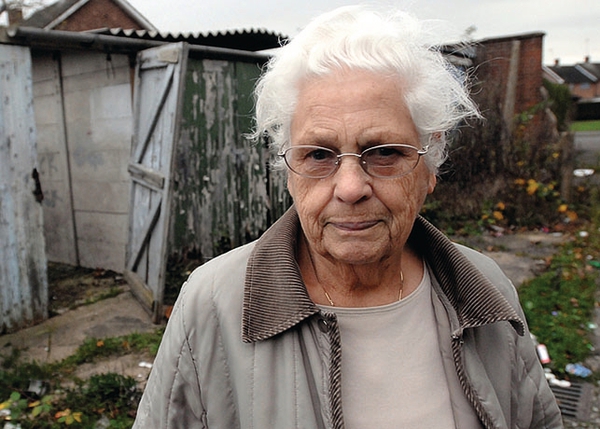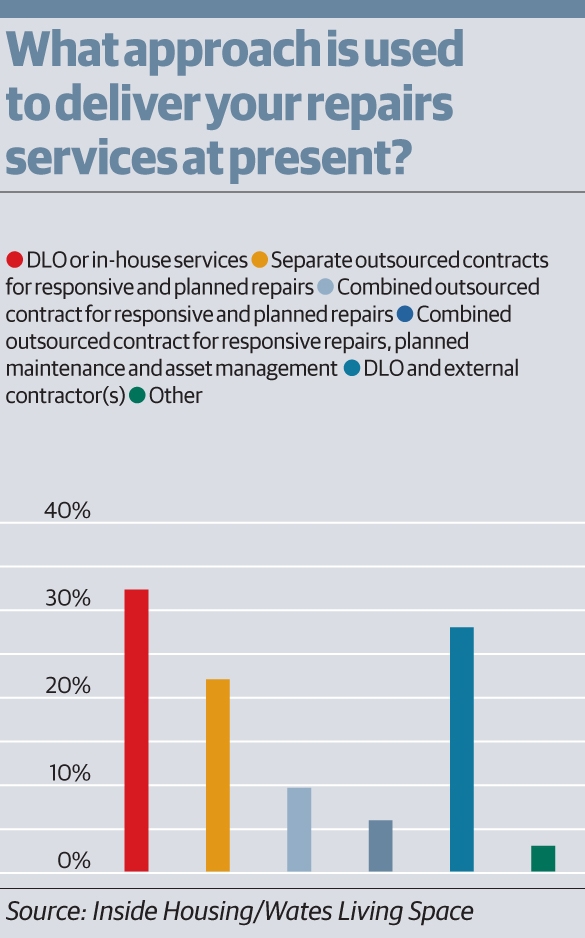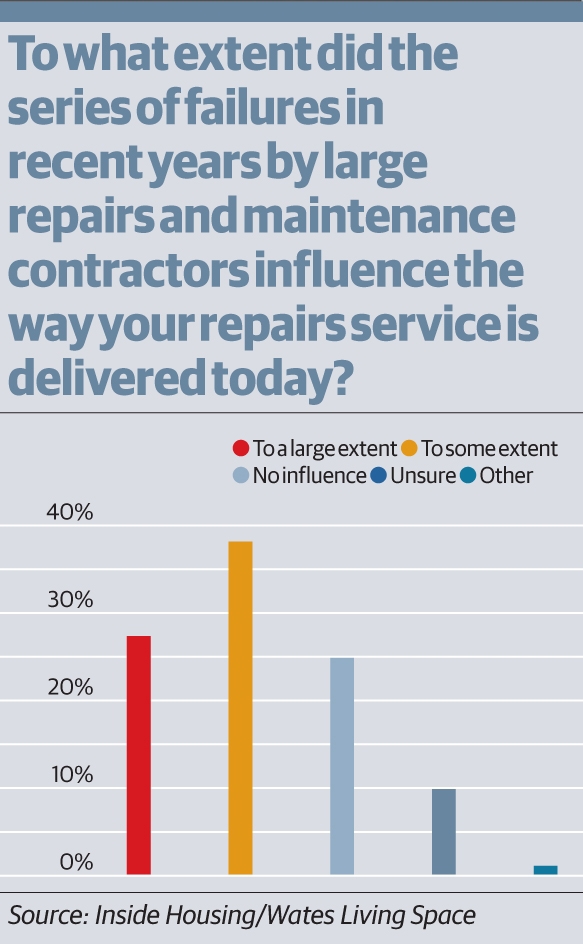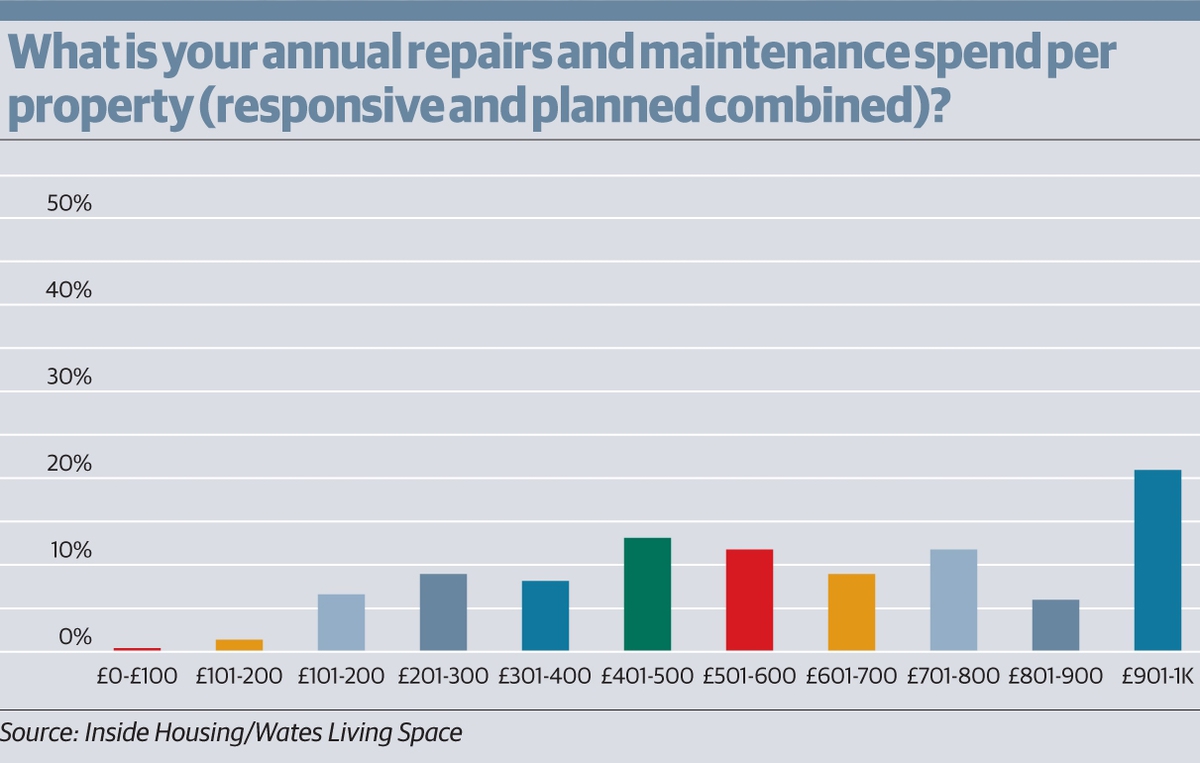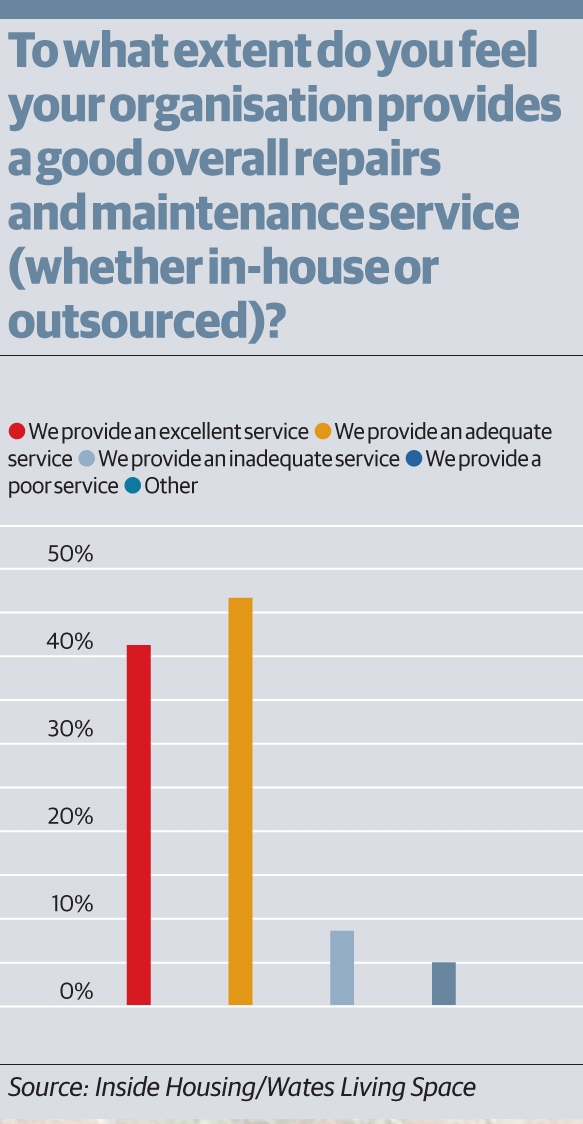You are viewing 1 of your 1 free articles
What's your fix?
The results of the Inside Housing and Wates Living Space survey into the state of landlords’ repairs and maintenance services are in. Alex Turner assesses a mixed but promising picture

A decade ago, if you wanted to gawk at a stereotypical dilapidated estate – one of the housing sector’s most harmfully stigmatising signifiers – you had only to walk for a few minutes in most UK cities.
Times have changed. A combination of long-overdue investment under Labour’s Decent Homes programme, boosted by numerous stock transfers and demolition – some of it highly controversial – means that most surviving social homes are in a fit state for living in.
Quality of life
Unsurprisingly, their residents want them to stay that way. Research published at the end of last month by the Tenants’ and Residents’ Organisations of England (Taroe) found that four in 10 social housing tenants consider a higher standard of repairs and maintenance to be their number one priority for improving quality of life.
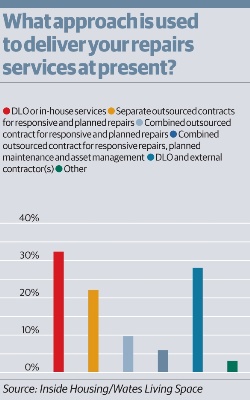
‘More than anything else, tenants want to live in a pleasant, wind and weather-tight, fully functioning home in a safe, secure environment,’ the report, A Democratic Tenant Conversation, said.
We wanted to know how landlords feel they should be achieving that objective. During October, in partnership with contractor Wates Living Space, we asked for the sector’s opinions on which delivery methods are working well, what provides good value, and how legislative changes and technological advances have been affecting how services are run.
Some 216 people responded – ranging from housing assistants to chief executives, with nearly three-quarters working for housing associations. Tenants may draw some encouragement from how their landlords assess their performance.
Under 15 per cent – thankfully – deem their repairs and maintenance operation ‘inadequate’ or ‘poor’. But the largest proportion, 45 per cent, describe it as ‘adequate’ – a healthy-sounding admission that decent services can always be bettered.
‘There have been leaps and bounds over the past few years [in service quality] – and I’m pleased most landlords think their services are good,’ states Chris Graham, business delivery manager at Wates Living Space.
So what methods are landlords using to deliver repairs and maintenance services, and just how good do they think they are?

When it comes to deciding on a delivery model, the majority split three ways: relying on a direct labour organisation (DLO) or similar in-house method (31%); choosing to outsource planned and responsive repairs to separate contracts (22%); or a combination of DLO and outsourcing (30%). Another 9% outsource both their responsive and planned repairs in one contract, and 7% combine their responsive repairs, planned maintenance and asset management in one contract.
Despite the division, the fact that six in 10 respondents are making some use of an in-house model seems to bear out a trend – the renaissance of the DLO – reported on by Inside Housing at the start of 2013.
An important driver for this was the 2.5% VAT increase in 2011, which made hiring third parties pricier. But there are also landlords that have long preferred to use DLOs, and others who cite their negative experiences with contractors as influencing the decision to take matters back into their own hands.
‘Our issues were with the quality and timeliness of contractors’ work, and around completing the work on the first visit,’ explains one manager at a medium-sized, north-west housing association. ‘In addition, it was a costly service and only operated from 8.30am to 4:30pm, and tenants were becoming more active in requesting evening and weekend appointments,’ she adds. ‘All of these factors led us to consider the move to a DLO.’
Perhaps unsurprisingly, a large majority (83%) of DLO-only organisations also cite the collapse of contractors – notably Connaught and Rok – as having ‘some’ or a ’large’ bearing, with 66% of all participants say this influenced how their services are now run. And, while many landlords continue to use contractors, many are reconsidering how they deploy them.
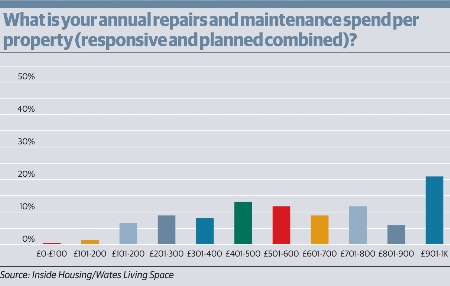
‘We invited contractors in to find out how they see the market moving over the next 10 years, had a consultant on board and looked at different models,’ says Wayne Harris, executive director of property and development at 8,500-home north east-based Livin Housing. His organisation is in the process of tendering for a new repairs and maintenance contract, following a successful five-plus-two year deal with major contractor Mears.
Mr Harris says that Livin will this time be going for a seven-plus-three ‘partnering’ option with the opportunity for separate contractors to take on responsive and voids jobs, capital programmes and gas cyclical work.
‘[We’re] introducing additional competition and bringing more players in – we’ve gone for a model that the industry wants, to give us best value, but split over three contractors to mitigate against one of them going into administration,’ he continues. ‘We’ve had national contractors, but also regional ones interested – it’s been a good mix.’
But while Mr Harris favours buying in his maintenance operatives, he’s one of a small overall majority among landlords – 56% – who are content to leave asset management to their own staff. Of these, a similar proportion say this is because they’re confident in their organisation’s in-house expertise. Most who say they’ve sought external assistance have done so in the form of investing in software rather than, for example, hiring a consultant.

On the face of it this doesn’t present a negative picture, but Mr Graham finds the results slightly concerning. ‘All software is only as good as what you feed into it,’ he says. ‘A big issue we find is that the quality, quantity and currency of stock data that’s used to feed into some of these models is really poor,’ Mr Graham adds.
Historical practices in which landlords have cloned data across homes of the same type, he says, have been particularly prone to creating serious inaccuracies as to what attributes are actually in a given property.
Landlords we speak to have other opinions, saying variously that they have the staff to asset-manage in an ‘active’ way, are investing in technology as soon as the need arises, and have faith in systems that they have developed.
‘We have a comprehensive property attributes database and a 30-year cyclical and investment programme,’ says the north west-based manager. ‘We can see clearly when major components such as boilers, roofs, kitchens and so on require replacement.’
She cites this as one reason why her organisation’s per-property spend, combining planned and responsive work has fallen over the past three years – as it has for 25% of people who completed the survey. The other, she says, has been recent high-quality refurbishment of properties acquired from a local authority, which should now require a lower level of spending in coming years, delivering superior long-term value for money.
Mr Graham cautions that this kind of laudable long-term approach isn’t always making its way into procurement contracts just yet. But this is one of the other areas where survey respondents seem to be singing from the same hymn sheet – just 5.5% believe that keeping costs down by installing cheaper components is a sensible approach to take.

Ade Oke, head of asset management at 860-home London landlord Arhag Housing Association, explains that investing in top-grade kit is still something that some landlords are getting to grips with. Like 50% of participants, his organisation’s spend has risen – for the moment – partly because of labour costs, but to a large degree because homes are now being fitted with longer-warranty items, such as kitchens and boilers.
‘When you go for cheap components they let you down,’ says Mr Oke, speaking from experience of working at a number of different landlords. ‘You can get an extractor fan for £35 that has a one-year warranty, for instance, and in the 14th month it will go.’
‘You can’t beat the market,’ he concludes. ‘You have to know the products and then you can know the market.’
But ‘value for money’ isn’t the only measure of value that seems to be setting landlords a challenge. The Social Value Act, which came into effect at the end of January 2013, stipulates that for all commissioning contracts worth more than £173,000 landlords must consider how the service they’re procuring can improve the social, environmental and economic wellbeing of the areas being served.
More than 18 months on, more than a quarter of our respondents say that community benefits from repairs contracts are only being reaped to a ‘little extent’. While 45% believe it’s true to ‘some extent’, just 14% say it’s the case to a ‘great extent’.
One department head at a small southern local authority cites the fact many organisations will be mid-contract as playing a big part in the fairly muted response. While stressing that his council already performs well in terms of delivering local benefits, he sums up the sector’s enthusiasm for new frameworks in blunt terms.
‘It’s the drip-drip, trickle effect of changing legislation – people who will eat, breathe and bore for England on the subject of the Social Value Act are in a minority,’ he says.
‘It’s also a bit wishy-washy – it’s one of those acts that I’ve picked up twice, put down and struggled to pick up again,’ he goes on. ‘Give me the back of a cornflakes packet any day.’
Mr Harris flags up another hurdle – that many providers, including his own, are still figuring out how to measure social value.
‘We always try to maximise the social impact of our business in the local community – and it’s certainly the case that there is a beneficial impact locally – but if someone asks, “How much social value impact have you made had?” then it’s incredibly hard to evidence.
‘If you’ve got people who have a job who wouldn’t have otherwise have done, and they’re spending money locally, it’s hard to work out the second and third multipliers of that money.’
Mr Graham, whose employer commissioned a major study, Communities Count, into the benefits of delivering social value earlier in the year, acknowledges the difficulties. But he’s optimistic that landlords will come on-side one way or another.
‘I think it’s more of a cascade than a trickle,’ he says. ‘We’re close to a tipping point where if social landlords don’t get on board, then the government will legislate further.
‘The scope for getting more out of large repairs and maintenance contracts is huge,’ he concludes. ‘[Social value] is a real sleeping giant.’
Digital diversions
Our survey questions on how tenants engage with repairs services via digital means meet with a mixed response, with a slight overall majority saying that they do so to a ‘little extent’.
Conversations with survey participants reveal that – unsurprisingly – if someone has a leak or their heating goes off, they’re more likely to get straight on the phone. But most people we speak to believe their digital offerings, ranging from tenant portals to service-centred mobile sites and social media, are experiencing gradually accelerating uptake.
‘Our tenants use social media to make comments, sometimes to report repairs, or mention an issue with repair… or satisfaction – it’s not all negative,’ a customer services manager from a large northern housing association tells Inside Housing.
‘I respond to notifications and I’ve noticed an increase with regards to [online] repair requests and reports,’ she adds.
Arhag’s asset management chief Ade Oke says that, as many of his organisation’s tenants are key workers, such as teachers and nurses, they’ll use electronic methods to report non-urgent repairs during their busy working days.
Skype is also being put to good use, he explains. ‘Everyone seems to have Wi-Fi or 4G, and Skype is free – you can report a repair and show it to me, and we can make sure we get it right first time,’ he says. ‘The pickup is low so far, but I’m encouraging it.’


